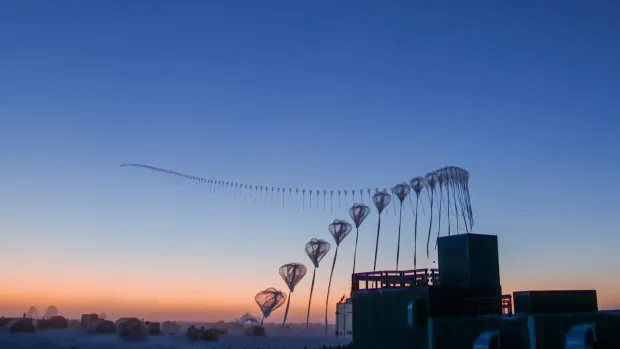South Pole's ozone hole shrinks to smallest since discovery

NASA reports the ozone hole near the south pole this year is the smallest since it was discovered in 1985.
Scientists say this is due more to freakishly warm Antarctic weather than the decades long effort to reduce the use of chlorinated chemicals that cause the seasonal gap. Earth’s protective ozone layer shields life from harmful ultraviolet radiation.
[embedded content]
Chlorine in the air needs cold temperatures in the stratosphere to convert into a form of the chemical that eats ozone.
This fall, the average hole in the ozone layer is 9.3 million square kilometres. That’s down from a peak of 25.9 million square kilometres in 1998. This year’s hole is even smaller than the one first discovered in 1985.





